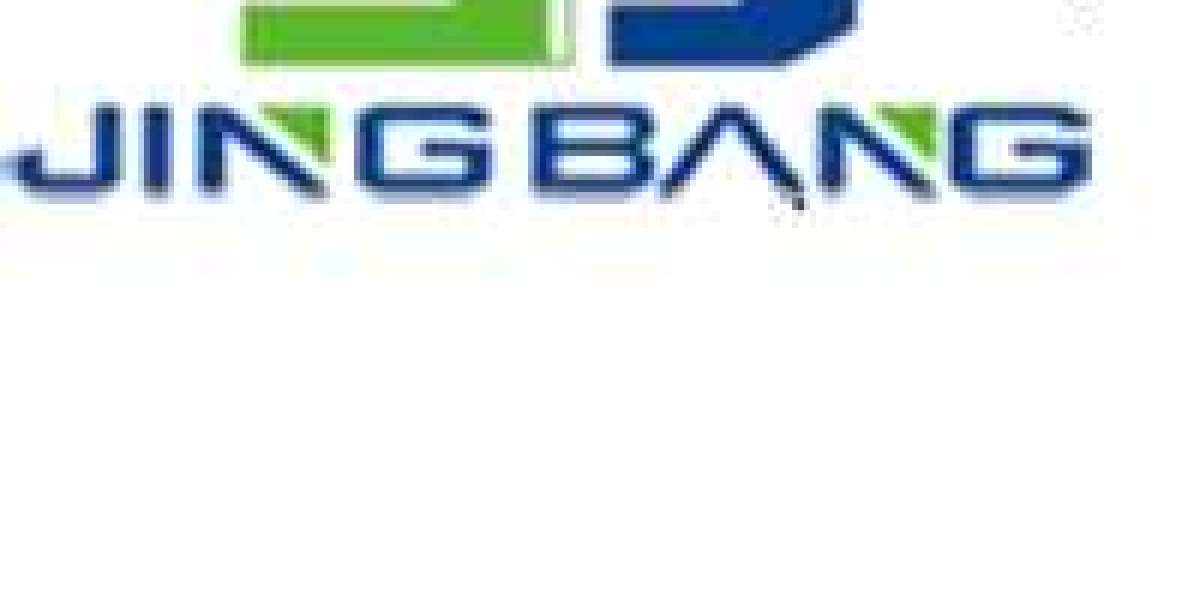Handheld fiber lasers have become increasingly popular in various industrial applications due to their efficiency, precision, and versatility. However, like any technology, they come with their own set of advantages and limitations. This detailed analysis will explore both aspects to provide a comprehensive understanding of handheld fiber laser.
Advantages of Handheld Fiber Lasers
Portability and Ease of Use: Handheld fiber lasers are designed to be portable, making them easy to maneuver and use in different locations. Their lightweight and compact design allows operators to handle the equipment comfortably, making them suitable for tasks that require mobility. This portability is especially beneficial for maintenance and repair tasks in industrial settings, where equipment may be dispersed across large areas.
High Precision and Accuracy: One of the standout features of fiber lasers is their ability to deliver high precision and accuracy. The focused beam produced by fiber lasers allows for intricate cutting and engraving, making them ideal for applications that demand fine details. Industries such as automotive, aerospace, and electronics often require precise cuts and markings, which handheld fiber lasers can provide effectively.
Versatility: Handheld fiber lasers are capable of performing a variety of tasks, including cutting, engraving, welding, and marking. This versatility makes them suitable for numerous applications across different industries. Operators can switch between tasks quickly, increasing productivity and efficiency. Additionally, they can work on various materials, including metals, plastics, and composites, further expanding their usability.
Low Operating Costs: Compared to traditional laser systems, handheld fiber lasers typically have lower operating costs. They require less maintenance and have a longer lifespan due to their solid-state technology. Fiber lasers are also energy-efficient, consuming less power while delivering high output. This reduction in energy consumption and maintenance requirements translates to significant cost savings over time.
Minimal Heat Affected Zone (HAZ): The concentrated beam of a handheld fiber laser results in a minimal heat-affected zone during cutting or welding processes. This characteristic is particularly advantageous when working with heat-sensitive materials, as it reduces the risk of warping or damaging the material. The lower HAZ also leads to cleaner cuts and less post-processing work.
Safety Features: Many handheld fiber lasers come equipped with advanced safety features, such as automatic shut-off mechanisms and protective enclosures. These safety measures help to minimize the risk of accidents and ensure operator safety. Furthermore, the low radiation levels associated with fiber lasers reduce the likelihood of eye injuries compared to other laser types.
User-Friendly Interfaces: Modern handheld fiber lasers often feature user-friendly interfaces, making them accessible to operators with varying levels of expertise. Intuitive controls, touchscreen displays, and programmable settings allow users to adjust parameters easily, enhancing operational efficiency. This ease of use minimizes the need for extensive training, allowing companies to quickly integrate the technology into their processes.
Limitations of Handheld Fiber Lasers
Initial Cost: While handheld fiber lasers may offer lower operating costs over time, the initial investment can be significant. Purchasing a quality handheld fiber laser system can be expensive, which may deter smaller businesses or startups from adopting the technology. However, many manufacturers offer financing options or leasing arrangements to help mitigate this challenge.
Limited Power Output: Handheld fiber lasers typically have lower power outputs compared to stationary laser systems. While this is sufficient for many applications, certain tasks may require higher power levels for optimal results. For instance, thick materials may necessitate a more powerful laser, which handheld units may not provide. Operators must assess their specific needs before selecting a handheld fiber laser.
Skill Requirement: Although user-friendly, effective operation of handheld fiber lasers still requires a certain level of skill and experience. Operators must be trained to understand the nuances of laser cutting, welding, and engraving to achieve the best results. Inadequate training can lead to mistakes, such as incorrect settings or improper handling, which could result in wasted materials and time.
Limited Workspace: The compact design of handheld fiber lasers can be both an advantage and a limitation. While portability is beneficial, the size of the work area may be constrained. In some cases, the limited workspace can hinder the operator’s ability to perform larger-scale tasks efficiently. Operators may need to find creative solutions or adapt their processes to accommodate the limitations of the equipment.
Material Limitations: Although handheld fiber lasers are versatile, there are still some materials that may not be suitable for processing with these systems. For instance, very reflective materials, such as copper and brass, can present challenges. Handheld fiber lasers may struggle to cut or engrave these materials effectively, leading to inefficiencies or damage to the equipment. Operators must consider the compatibility of the laser with the materials they plan to work with.
Maintenance Needs: While fiber lasers generally require less maintenance than other laser types, they are not entirely maintenance-free. Regular inspections and maintenance are necessary to ensure optimal performance and longevity. This includes cleaning optics, checking for any wear and tear, and calibrating the system as needed. Failing to perform routine maintenance can result in decreased efficiency and quality over time.
Potential for Operator Fatigue: Despite their lightweight design, prolonged use of handheld fiber lasers can lead to operator fatigue. The physical demands of maneuvering the laser for extended periods can be tiring, potentially affecting the quality of work. To mitigate this issue, companies can implement ergonomic practices, such as using supportive equipment or taking regular breaks to reduce fatigue.
Conclusion
In summary, handheld fiber lasers offer a range of advantages that make them an attractive option for various industrial applications. Their portability, high precision, versatility, and low operating costs are significant benefits that can enhance productivity and efficiency. However, potential users must also consider the limitations, including initial costs, power output constraints, and the need for operator skill and training.
For companies looking to invest in handheld fiber lasers, it is crucial to assess their specific needs, evaluate the types of materials they will be working with, and provide adequate training to operators. By carefully weighing the advantages and limitations, businesses can make informed decisions about integrating handheld fiber laser technology into their operations, ultimately driving growth and innovation in their respective industries.








